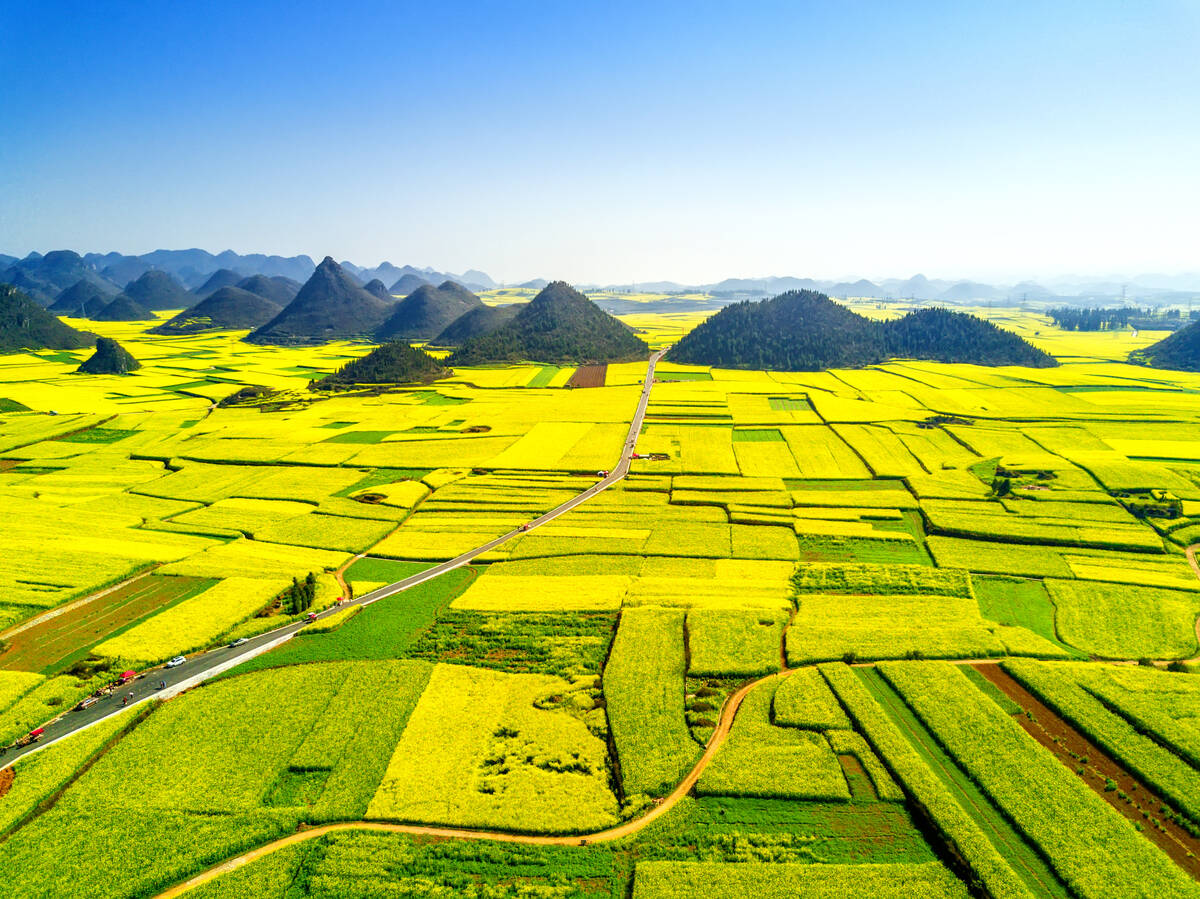Alberta rancher Ray Ference is suing the Canadian Food Inspection Agency and one of its veterinarians, claiming he was misled about what it would take to get his land out of quarantine after his Saskatchewan elk herd was destroyed because of chronic wasting disease.
Ference lives in Alberta but bought land in Saskatchewan in 1994 to raise elk. CWD was found in his Saskatchewan herd seven years later, and the animals were ordered destroyed.
That year, the land was placed under quarantine and the CFIA prohibited domestic livestock from grazing the land, according to the statement of claim Ference filed with the Federal Court of Canada.
Read Also

Short rapeseed crop may put China in a bind
Industry thinks China’s rapeseed crop is way smaller than the official government estimate. The country’s canola imports will also be down, so there will be a lot of unmet demand.
In an interview, Ference said he took numerous steps to decontaminate the land so that the quarantine would be lifted and cattle or bison could be pastured there. He said CFIA gave him the impression that the quarantine would be lifted once the measures were complete.
However, Ference said the CFIA requirements kept increasing, along with the costs. The decontamination included disinfecting and painting corral fences, replacing waterers, burning wooden feeders and either filling in dugouts or dredging them out and burying the soil in pits, for a cost of $77,400.
In the end, only two of five quarter sections were removed from the quarantine.
Ference said he would not have completed the decontamination if he had known the quarantine wouldn’t be lifted, at least for cattle and bison. Besides the $77,400, he is also suing for $200,000 in punitive damages because he has not been able to use the land for livestock, despite completing the cleanup more than two years ago.
“What they did to me is brutal,” he said. “We’re bankrupt, almost.”
CWD has been found on 40 elk farms in Saskatchewan and two in Alberta and about 8,700 elk have been destroyed as part of the disease eradication effort.
In a statement of defence, the CFIA denied Ference’s claims. In an interview, George Luterbach of the agency said four Saskatchewan farms are classified as highly contaminated because of the level of CWD infection.
There have been no reported cases of the disease in cattle or bison, he said, but added that little research has been done to confirm those species could not be infected.
U.S. research suggests healthy elk can be infected with CWD if they live on a farm on which diseased elk had previously been kept, even if the two groups of animals weren’t on the farm at the same time.
“It is the researchers’ belief that those animals became infected from the contaminated environment,” Luterbach said.
“That’s the issue we are trying to address on these four farms in Saskatchewan, these four farms out of the 40.”
The CFIA has established protocols for what are described as sentinel projects, in which four farms would be stocked with elk for four years. The animals would then be slaughtered and tested for CWD. If no infection occurred, the quarantines could be lifted and it would be considered safe to place other livestock there, such as cattle or bison.
The problem is finding someone to buy elk for the project and pay for their care.
Ference said the CFIA seemed to have arbitrary guidelines for decontaminating his land. He suggested there is no accountability for its actions and he wants a public inquiry.
“The only hope I have right now is that we have a new (federal) minister of agriculture. I think he would see this as a very big injustice.”
Brian Oestreicher faces a dilemma similar to Ference. He and a group of investors owned elk on a ranch near Hillmond, Sask., until the herd was ordered destroyed because of CWD. The land was restocked with cattle and bison, but the CFIA then ordered them destroyed as well, which totalled 99 bison and hundreds of cattle.
Oestreicher decontaminated the land in a bid to get it out of quarantine. He said he found no consistency in what the CFIA wanted, and pegged the cost of cleanup to be about $60,000.
“They’re not dealing on science,” Oestreicher said.
“They’re dealing on politics.”
The quarantine was eventually lifted on two quarter sections but remained on another three quarters. Oestreicher said he has been allowed to place his mother’s horses on the quarantined land and can harvest hay there, provided he gets a government permit. He considers the permit conditions to be extreme and almost impossible to meet.
He estimated it would cost him $250,000 to participate in a sentinel project, since it would include buying 50 elk and then raising them for four years, during which time the population would increase to about 200 animals. He viewed that as a high risk, since he would not know until the end of project if the quarantine would be lifted, despite the amount of money he would have invested.














